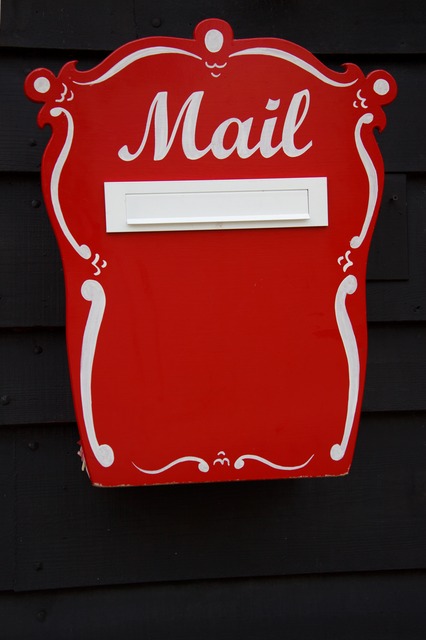
Finished writing your story? Great.
Ready to submit it? Not quite.
Here’s a 10-point checklist of things to review before hitting “Send” to turn in a completed assignment to an editor:
1. Spelling and grammar. Use spell check, but don’t rely on it. Read each paragraph over yourself.
2. Sources. Double check spellings, titles, ages and locations. If they’re not correct you’ll hear about it.
3. Headline, deck and subheads. The publication you’re writing for may not require you to send a headline or title, deck and subheads with a story. But do it anyway, especially if you have a clever idea.
4. Bio. Better to describe yourself as you want than leave it to some harried editor.
5. Source list. Some publications want a source list for fact checking purposes. Even if they don’t, it’s not a bad idea to pull sources’ contact information out of your notes to plug into Outlook or so you can send them a LinkedIn invitation to connect should you want to interview them again.
6. Links. Because these days every story ends up online and you’ll make a friend on the copy desk (if there still is one) by adding relevant URLs for them.
7. Sidebars. If you wrote a sidebar, are you sending it in the same file or as a separate document? If the latter, make it easy on your editor and turn in both documents at the same time. Be sure to refer to both in your cover email.
8. Charts and graphs. See no. 7. Keeping all elements of a story package together is the best way to prevent an over-worked editor from losing something and then emailing you about it.
9. Art. If you’re responsible for collecting head shots or other file art for a story, attach it to your email. If you’ve already submitted it, indicate as much. Again, it’s all about making life as easy as possible for your editor – they’ll thank you for it, and hopefully, send more work your way because of it.
10. Invoice. If your contract stipulates sending an invoice along with a story by all means take advantage of that. Why wait longer than you have to to get paid? If not, fill out an invoice and have it ready to submit as soon as your editor approves the story. I keep pending invoices in Outlook’s Drafts folder so they’re ready to go once I know my story’s good to go.
Here’s one more for good measure. When you turn in an assignment, thank the editor for the opportunity and ask to pitch something else. Be sure to inquire if there’s a particular type of story or section of the publication they need pitches for. If you get a positive response send something right away. Use the mutual good feeling that comes with turning in an assignment to your advantage.
What else do you check before turning in an assignment? Let us know by leaving a comment.
I always wondered how you were supposed to handle sidebars. Thank you for adding that. Very thoughtful post. ^^
Nice, concise list–I’m going to save it. It’s so easy to think that you’ve remembered ‘everything’ only to find one more omission, error!
Good tip about adding links. Most of my articles end up on the web, so this is a great idea that I’ve never thought of!